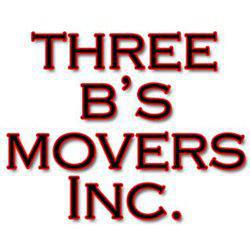
Three B's Movers
3/5
50 Sanford Place
Company's Membership needs to be upgraded. Please Become a Member pressing below.
Become a member<a href="/best-movers/New-York/Altamont/three-bs-movers-inc/"><img width="150" height="133" src="/static/common/images/badge-1.webp" alt="MovingCompany" /></a>To see full content of an review, just click on card that you want to see.

Add a Review